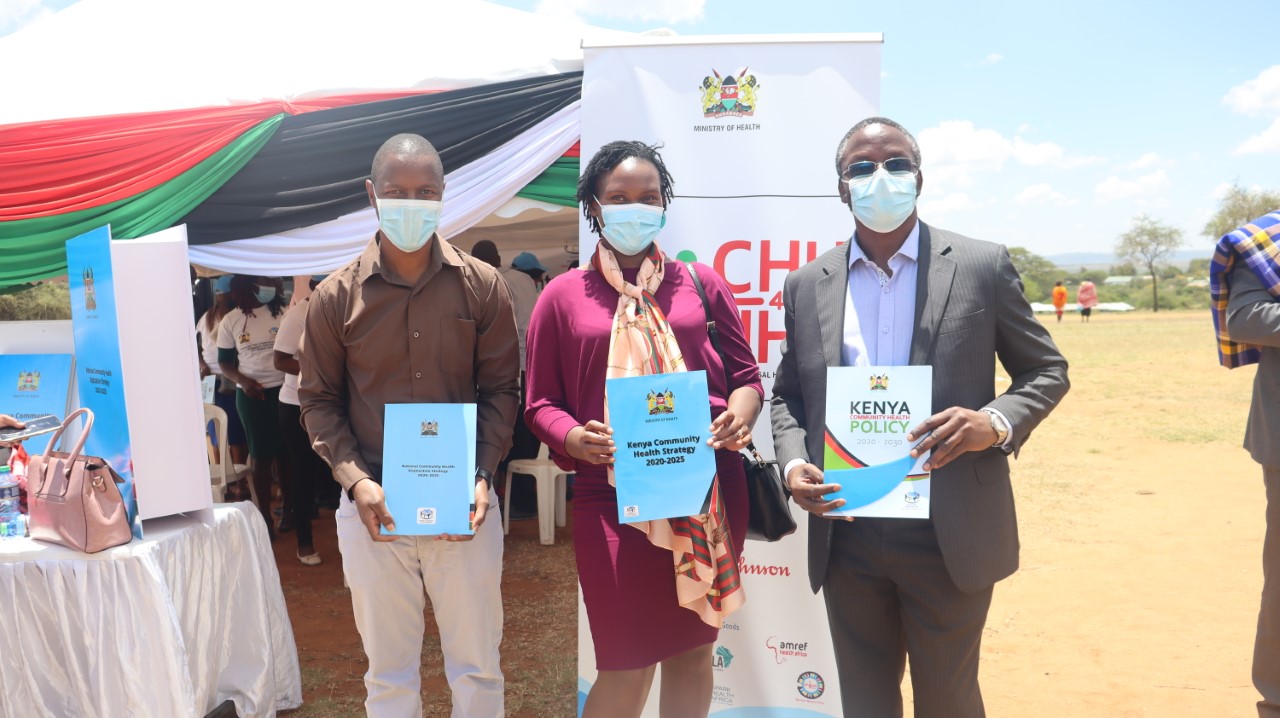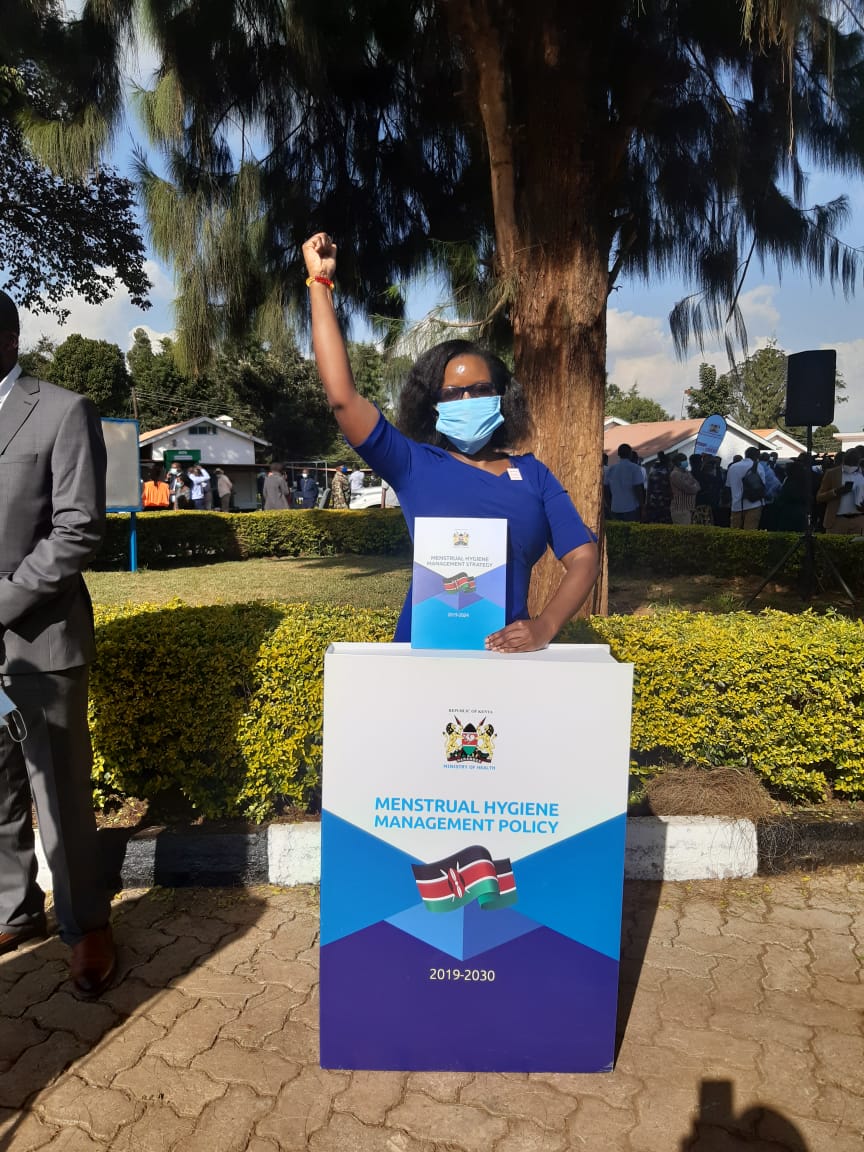Moran Protecting His Community from Harmful Cultural Practices
Thursday, 18 July, 2019

Whether they find their spouse through arranged marriage like their parents, or on their own, morans (warriors) in the Samburu community are intransigent about one criterion for their future bride: she needs to be “cut”. The cut, also known as Female Genital Mutilation and Cutting (FGM/C), is a highly prevalent cultural practice within the Samburu, a nomadic pastoralist group living in Northern Kenya, with prevalence rate more than four times higher than the national average (90%1 compared to 21%). These clans consider FGM/C a crucial rite of passage to womanhood and have refused to abandon it despite governmental and non-governmental interventions, including the passage of the Prohibition of FGM/C Act of 2011.
When 21-year old Moses Leakayo and 24-year old Salim Lekiale, two Samburu morans, were invited by Koota Injena to join a dialogue session on FGM/C, Child Early and Forced Marriage (CEFM) and the value of the girl, they were expecting another “lecture” from “foreigners” on the dangers of harmful cultural practices. But this time, they witnessed something different. That dialogue was part of a new initiative funded by USAID, which positively engages youth as one of the levers to challenge gender inequitable norms supportive of CEFM, FGM/C and low value of the girl. The pilot activity, through adult and youth facilitators that are actual members of the targeted community, identifies and trains champions in each sex and age group on the negative health, socio-economic and penal consequences of FGM/C and CEFM and later teaches them facilitation techniques to hold discussions between different groups and generations who might have opposing views.
“The tone of the facilitators was respectful, and we did not feel attacked. These were members of our community whom we knew well. We already knew some of the health effects of FGM/C but learned so much more that by the end of the meeting, we
volunteered to become youth champions” explain Moses. He adds: “I have two sisters and did my best to protect them from the cut despite clan’s pressure. To show everyone my commitment to protect our girls, I vowed to only marry an uncut woman”.
Salim admits that he had already been married to his wife, who is cut, when he became a champion, but is determined to protect his two-year old daughter. Both agree that their peers are still divided on the question of FGM/C and so are the elders. “Some of them are still adamant on the cut and I use other elders to respectfully approach them through dialogue,” Salim adds.
Last year, both Moses and Salim were able to intervene and rescue an 11-year-old girl at risk of CEFM who was later taken to Samburu Girls Foundation Rescue Centre. They find out about the girl when they were invited to her actual wedding, as Morans are the first group to be gathered during Samburu cultural ceremonies.
Koota Injena is a three years (2017-2020) USAID-funded proof of concept activity designed to implement and test the effectiveness of engaging clan elders, community leaders, and members, of using intergenerational dialogue and of strengthening positive youth and male engagement as levers to change norms and behaviours for the abandonment of CEFM, FGM/C and low value of the girl among the 40 clans of Samburu (nine clans), Borana (seventeen clans), Rendille (nine clans) and Gabbra (five clans) communities in Samburu and Marsabit Counties.
1 Koota Injena Baseline, 2018
Amref Health Africa teams up with African communities to create lasting health change.




